M Bala Sai Krishna Reddy received his MS-Dual Degree in Computer Science and Engineering (CSE). His research was supervised by Dr. Praveen Paruchuri.
Here’s a summary of Sai Krishna’s thesis, Multi Criteria Cooperative Target Observation as explained by him:
Problems such as patrolling (border patrolling, airport security, shopping malls and etc), regional survey (military or civil applications), resource protection (art galleries, shopping malls, museums), target detection and tracking (human detection in disaster response, animal tracking in wildlife reserves, political rallies) are classified as Surveillance problems and can easily be modelled as a variant of Cooperative Target Observation. Manually carrying out many of these surveillance tasks is almost impossible due to high labor cost, inconsistency during long-duration.
With the technological advances and advent of drones (Unmanned Aerial Vehicles – UAVs and Unmanned Ground Vehicles – UGVs) such tasks have become relatively easy. However, a human is still in loop for operating the drones, analyzing the transmitted live feed and making the decisions or guiding the drones. In my thesis, we aim for better automation of this monitoring process and provide solution techniques that would enable drones autonomously make decisions, while adhering to the constraints and satisfying all the criteria that a human operator would. Although the algorithm we build is for general purpose, we simulate wildlife monitoring domain and demonstrate the working of our technique through the simulation.
Wildlife encompasses all types of biological life and traditionally refers to undomesticated animal species living in the wild, and is crucial for ecological and environmental balance. It is estimated that humanity may have wiped out 60% of animal populations since 1970 with dozens of species going extinct on everyday basis. Wildlife monitoring is an essential part of conservation to protect endangered species as well as to protect their habitats from the increasing invasion by humans. In an effort to conserve wildlife, governments made laws to protect animal species, prevent hunting and poaching activities and have established wildlife sanctuaries, reserves and national parks. Inspite of the variety of protection measures being taken, animals are still subjected to natural threats and poaching activities. Hence continuous surveillance of animals is important not only to protect them but also to understand their lifestyles and improve their living conditions.
Experimentally, we demonstrate our algorithm in two settings, (i) UAV setting and (ii) UGV setting . We simulate animal lifestyle (or behaviours) through a simple markov chain and show that our technique not only is better than state of the art solutions, but can also be tailored to achieve desired level of performance across multiple criteria.
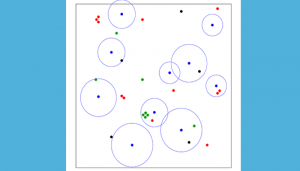
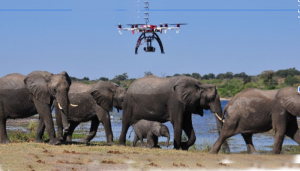
This is image of a UAV monitoring Elephant population
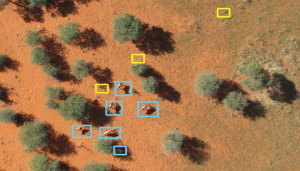
This image is an aerial view from a UAV deployed in Kuzikus Wildlife Reserve in Namibia and the boxes segment identified animals.
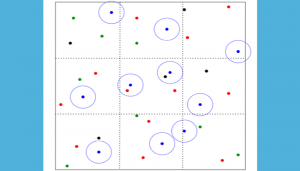
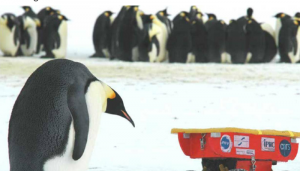
This is image of a UGV deployed at Dumont D’Urville, Ade ́lie Land, Antarctica to perform observations of breeding Emperor penguins
NOTE: The above 3 pictures are taken from internet.

